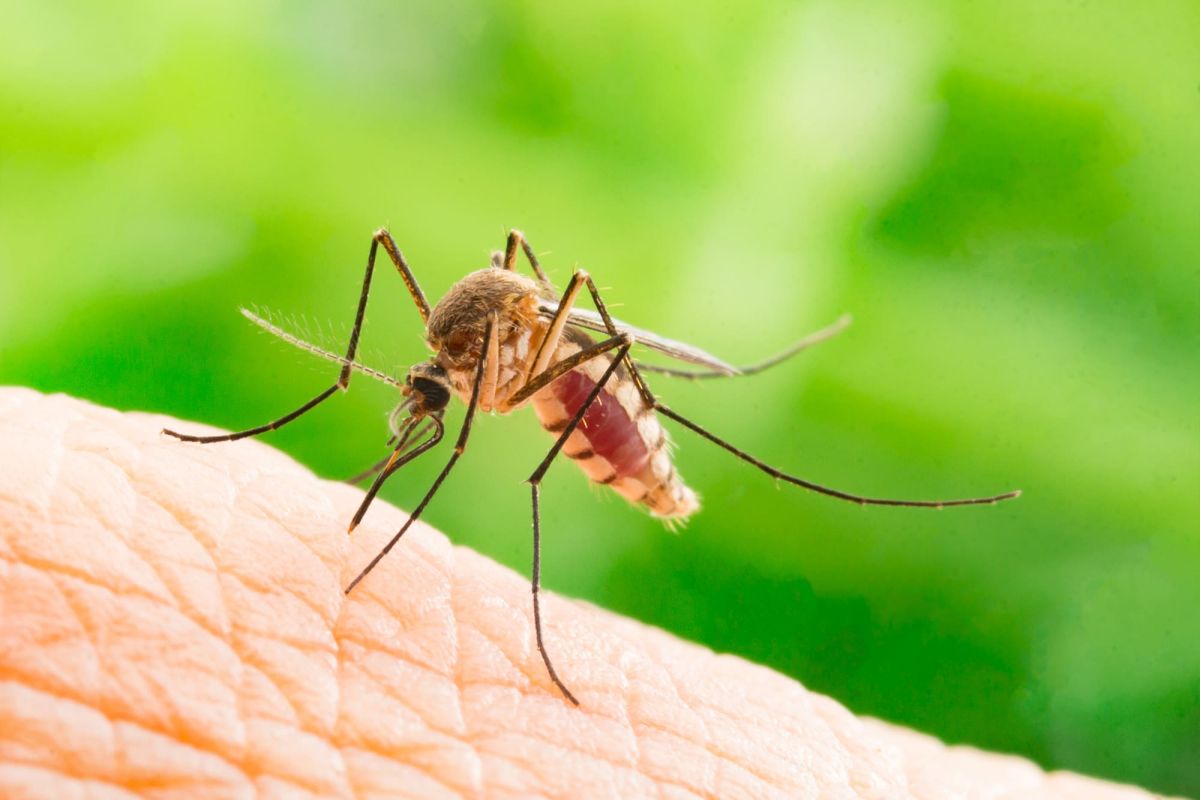Santa Rosa County Mosquito Control director talks mosquito reduction

Keith Hussey, director of Mosquito Control for Santa Rosa County, said the main reason for Mosquito Control is to lessen the likelihood of mosquito-borne illnesses spreading in Santa Rosa County.
“We only control the disease vector of mosquitoes,” Hussey said. “We aren’t concerned about other insects like yellow flies and gnats.”
Mosquito-borne diseases include malaria, dengue fever, West Nile virus, Zika virus and Chikungunya. Arboviral encephalitis, which involves swelling of the brain caused by viral infection, is also a concern.
To combat these diseases, mosquito populations need to be kept in check. Hussey said his department does this through various treatments.
Juvenile mosquito larvae and adult mosquito populations are primarily controlled by source reduction and biological methods such as BTI, a bacterium which is harmful to mosquito and black fly larvae but not to other beneficial insects.
Santa Rosa County also uses chemicals to control mosquito populations.
Pyrethroids (Kontrol 4-4) is used for adult mosquitoes and Methoprene (Altosid) is used for treating mosquito larvae in aquatic habitats. Ultra Low Volume spray equipment is used for ground adulticide application.
To deliver these treatments, Mosquito Control uses “fog trucks” to spread Kontrol 4-4 along 30 routes throughout the county.
Each week approximately 15 routes are sprayed. Typical hours of operation are from sundown to approximately 1 a.m. Should the temperature drop below 60 degrees or rain begins, fogging operations are stopped.
Hussey said they don’t operate on a fixed schedule but target areas of the county where more mosquitoes are reported to be. Through their integrated pest-management program, Hussey said the county only sprays when and where the mosquitoes are the worst.
Route schedules are assigned Monday afternoon for each week and are based on the following criteria: the number of call-ins the preceding week; field reports from the larvicide crews; and mosquito counts from traps throughout the county.
“You may see us a couple of weeks in a row in your area and then you may not see us for a couple of weeks,” Hussey said. “Different species hatch out at different times, and they aren’t all over.”
One mosquito species that is only found in one part of the county is the Aedes taeniorhynchus, or the black salt marsh mosquito. This mosquito can only be found in the south end of the county due to the brackish mixture of the water. The north end of the county doesn’t have saltwater marshes.
When it comes to addressing mosquitoes, Hussey said the public can also play a role.
“The biggest thing people can be aware of to reduce mosquitoes in their area is source reduction,” Hussey said. “A lot of times, even during a drought, people will have mosquitoes and it’s due to the flowerpots they have on their deck. Those one-inch trays are my worst enemy.”
He said the trays, which are meant to collect water for the plant, inadvertently create the perfect breeding ground for mosquitoes. With a mixture of water and organic matter, the larvae can grow and ‘hatch’ right on the porch.
Hussey advises dumping standing water from birdbaths and other things outdoors that hold water at least once a week.
To find more information on Mosquito Control or to request the county to spray your area, visit https://www.santarosa.fl.gov/356/Mosquito-Control.







